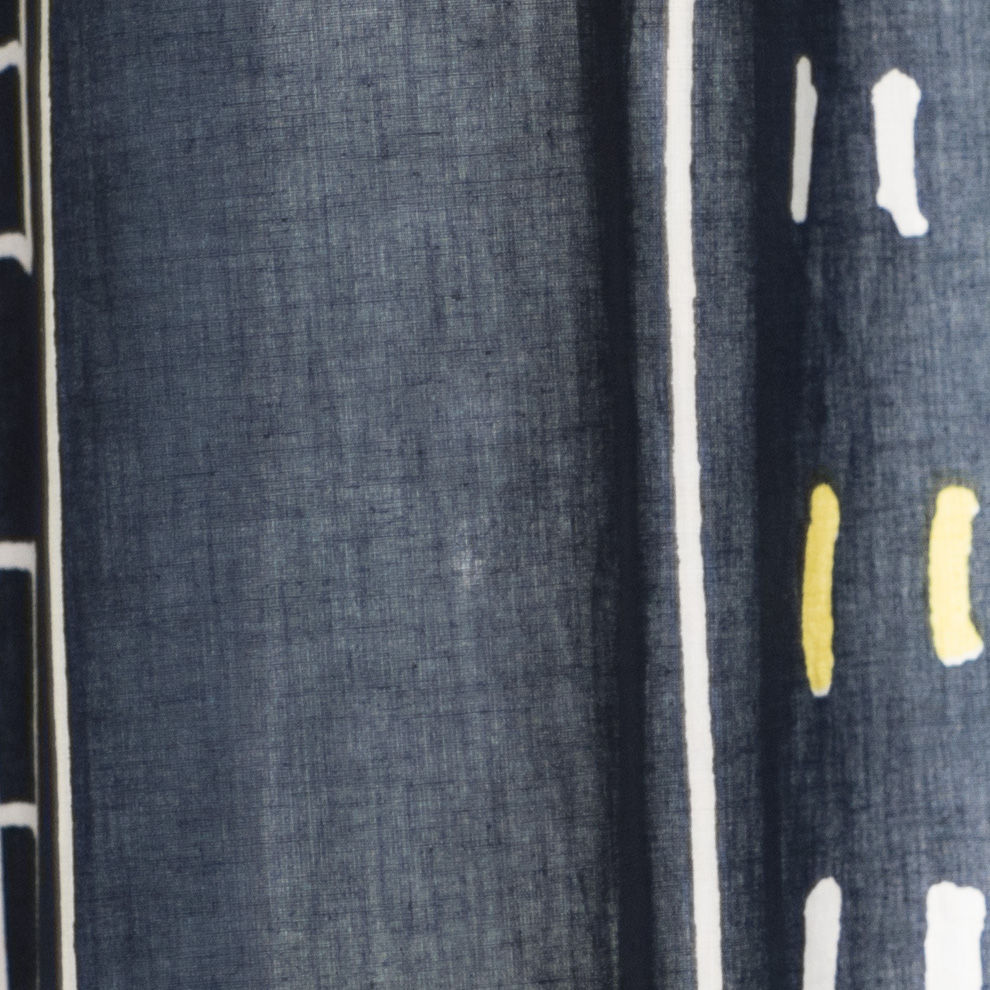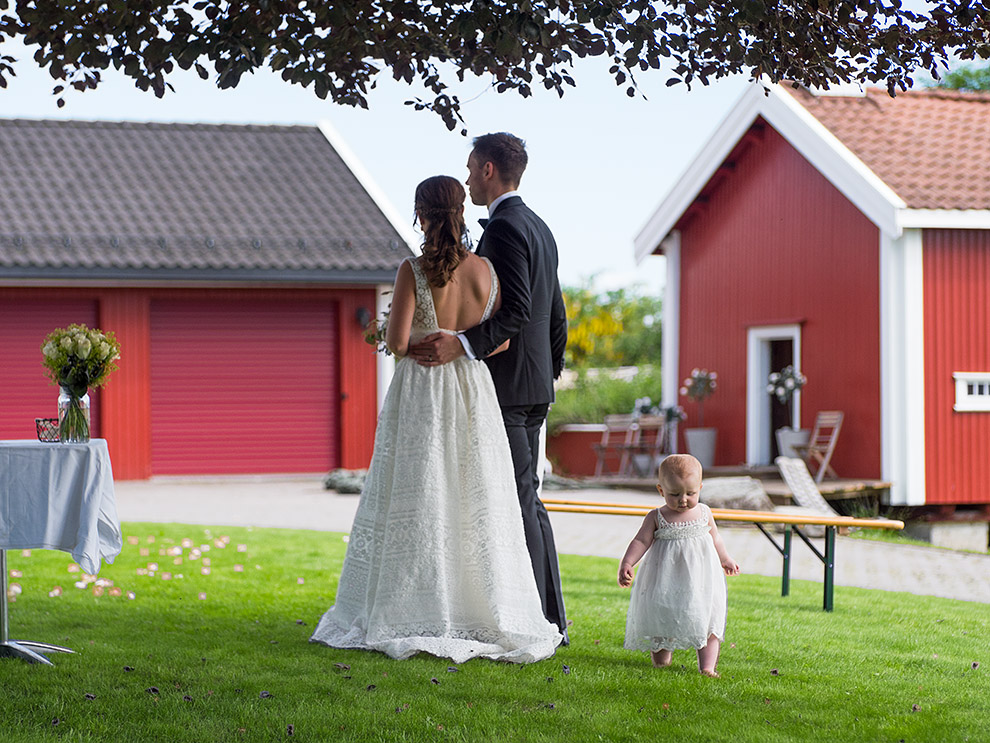Jorgen Udvang
Subscriber Member
Not so many have heard about this lens, and even fewer seem to know that it's available in m4/3 mount. From the outset, it's designed for APS-C mirrorless cameras. It gets excellent reviews though, and I got mine brand new for under $500, so I thought it was worth a try.
Manual focus and f/1.2 don't mix well with action photography, and my initial experience is that anything that moves represents a challenge. Here's a little resolution test of a mostly static object: my living room curtains. I was sitting about 3 meters away, and the pattern in the fabric is so fine that I can hardly see it with my bare eyes even close up. I show only the 100% crops. Please be aware that the f/4 shot is done at ISO 1600 while the f/1.2 shot is done at ISO 320. Both shots are done hand held sitting in the sofa while my 4 year old daughter explained to me all the food she was making for her dolls at her toy kitchen.
First the f/4 shot. I didn't have another prime lens of similar focal length available, but at f/4, this lens cleans the floor with any zoom lens I own, including the excellent Panasonic f/2.8 zooms. Here's the 100% crop. No sharpening or noise reduction, and when I did try to sharpen, the effect was minimal:

Then the f/1.2 shot, the same crop, which was where the lens was in focus at f/1.2. As expected, it's much less sharp, but still usable for many things, like portraits:

Finally, I wanted to see what happened if I applied some relatively heavy sharpening to the f/1.2 shot. I tried USM 80/1.5/0. That was when I got the surprise. The details are there, and because it's shot a much lower ISO, it can actually compete with the f/4 image, at least in the center of the frame. The corners are much more mushy though.

No conclusions yet, but this is a lens I'm going to have a lot of fun with.
Manual focus and f/1.2 don't mix well with action photography, and my initial experience is that anything that moves represents a challenge. Here's a little resolution test of a mostly static object: my living room curtains. I was sitting about 3 meters away, and the pattern in the fabric is so fine that I can hardly see it with my bare eyes even close up. I show only the 100% crops. Please be aware that the f/4 shot is done at ISO 1600 while the f/1.2 shot is done at ISO 320. Both shots are done hand held sitting in the sofa while my 4 year old daughter explained to me all the food she was making for her dolls at her toy kitchen.
First the f/4 shot. I didn't have another prime lens of similar focal length available, but at f/4, this lens cleans the floor with any zoom lens I own, including the excellent Panasonic f/2.8 zooms. Here's the 100% crop. No sharpening or noise reduction, and when I did try to sharpen, the effect was minimal:

Then the f/1.2 shot, the same crop, which was where the lens was in focus at f/1.2. As expected, it's much less sharp, but still usable for many things, like portraits:

Finally, I wanted to see what happened if I applied some relatively heavy sharpening to the f/1.2 shot. I tried USM 80/1.5/0. That was when I got the surprise. The details are there, and because it's shot a much lower ISO, it can actually compete with the f/4 image, at least in the center of the frame. The corners are much more mushy though.

No conclusions yet, but this is a lens I'm going to have a lot of fun with.









